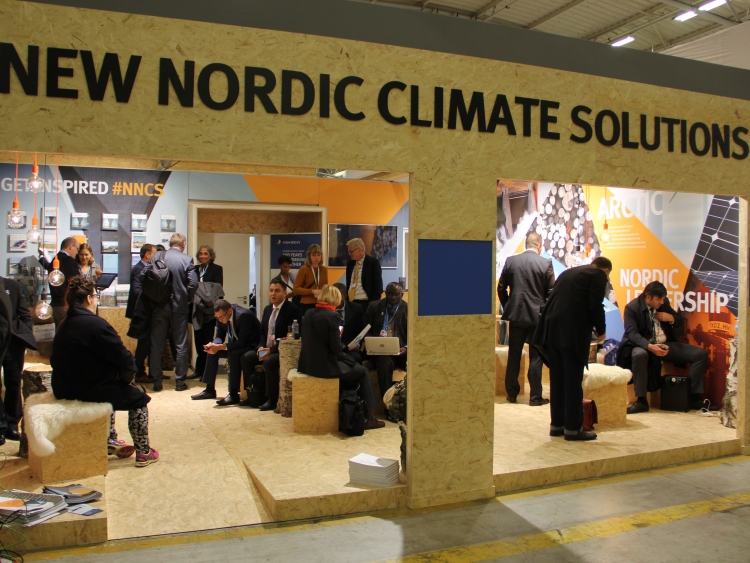Specifically, the ministers emphasised:
- the need to set a long-term goal for reducing emissions, which should give those who participate in the economy security about investing in a cleaner future;
- a carbon tax would be the catalyst for bigger changes; and
- the need to carry out fossil fuel subsidy reform.
What next?
How the climate agreement met the expectations of different countries and what kinds of action plans will be implemented as a result remains to be seen. The agreement cannot be regarded as binding and there are no mandatory cuts, but fortunately it requires the submission of reports on results and goals after some time. There isn’t much evidence of ambition, but the step taken this time is still bigger than in the past. There is a lot of criticism that poorer countries (which suffer the most due to climate change) are being let down. Former NASA scientist James Hansen, who is considered the father of climate change awareness, admitted that for as long as greenhouse gases are not taxed, people will still be extracting fossil fuels and burning whatever is the cheapest. This is an opinion shared by many.
Right after the climate conference, Nordic climate and environment ministers came out with the appeal of giving special attention to reducing emissions in the transport sector. According to forecasts, greenhouse gas emissions in this sector will increase by 50-250% by 2050, but there is no direct mention of this increase in the Paris agreement. This makes achieving the goal of 2 degrees considerably more difficult.
Specific solutions
During the climate talks, the Nordic countries raised several issues where taking specific steps would help keep climate change in check.
A new methodology was developed at the initiative of the Nordic countries, which can be used to calculate the decrease in carbon emissions after the abolishment of fossil fuel subsidies. The total amount of fossil fuel subsidies in the world as recently as in 2013 was 550 billion US dollars. This is four times more than the amounts allocated for supporting renewable energy. According to the new calculation methodology, the 20 analysed countries would be able to reduce their carbon emissions by 11% on average if they abolished their present fossil fuel subsidies.
Swamps and bogs only cover 3% of Earth, but they ‘hold on’ to more carbon than all the forests of the world. The Nordic countries are appealing to everyone to contribute more to the preservation and recovery of bogs and swamps to prevent the so-called carbon leakage.
There is no denying that the hard work is just beginning. How can the goals be achieved? What should we focus on? Who should we work with and how?
Cities and climate ambassadors
Cities were not directly involved in the talks, but almost half of all carbon dioxide is generated by cities. This means that the success of the climate agreement depends largely on the climate activities of cities. For example, Växjö in Sweden has set itself bigger goals than the entire country of Sweden. Involving the private sector is equally important, as it is the source of the investments that will shape our future for many years.
The role of climate negotiators in the next stage, implementation, is at least as important as it was in the preparation of the joint text. Every country and every city now needs good climate ambassadors.
I believe that the Nordic countries at least will carry on with their ambitious goals and try to convince others to come along. Being the pioneers and pathfinders in climate and environmental issues has been a welcome obligation for the Nordic countries for many years.
All parties to the climate agreement, which will enter into force in 2020, want to see societies with smaller carbon footprints. If this is a clearly expressed shared value of 196 countries, then the start has been remarkable. The talks in Paris created a suitable climate for changing the mentality and organisation of societies. Countries must submit their first reports in relation to the Paris agreement in 2023.

